Charlie Bolden Throws Serious SLS Shade on Chris Kraft

NASA chief: Apollo engineers who criticize SLS don’t grok modern rocketry, Ars Technica
“Although the SLS rocket does indeed use modern manufacturing processes and sophisticated computer simulations, it is in many ways based on technology from the 1970s. For its initial boost, the SLS will use solid-rocket boosters based on those that performed the same function for the shuttle. The rocket will be powered by four space shuttle main engines, which NASA began developing as far back as 1969. Bolden then reiterated that Kraft knew more than him about rockets, but he again qualified this praise: “I have the advantage of a team around me that he didn’t have,” he said. “You have to remember. Most of us forget. I have a very mature leadership team. When Dr. Kraft was in mission control, and when he led the Johnson Space Center, we went to the Moon. Most of the people were 20 years old. They didn’t know anything.”
Bolden asked about Chris Kraft quote that "SLS operating expenses will eat NASA alive". Asked why existing launchers can't be used
— NASA Watch (@NASAWatch) March 15, 2016



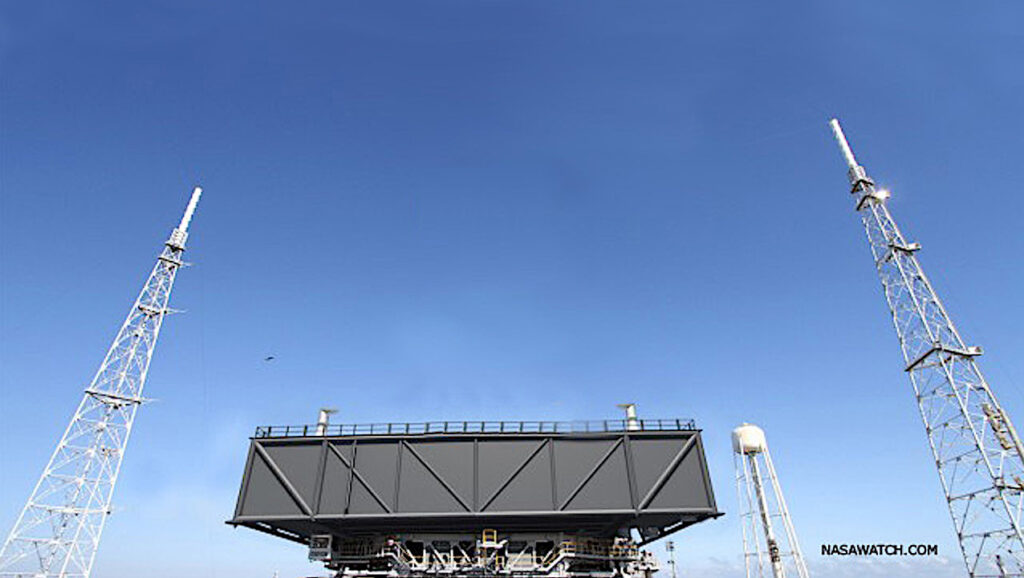
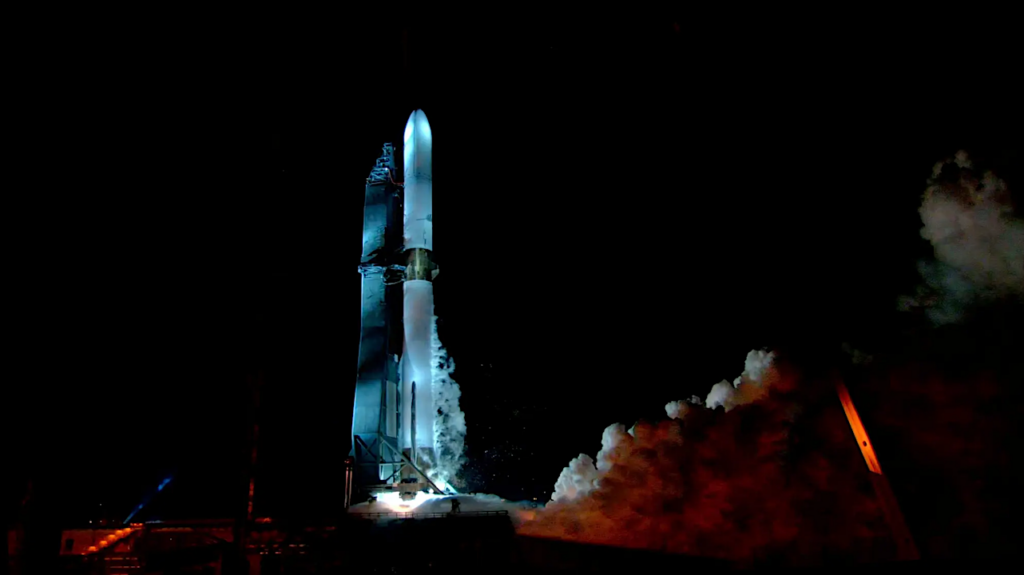
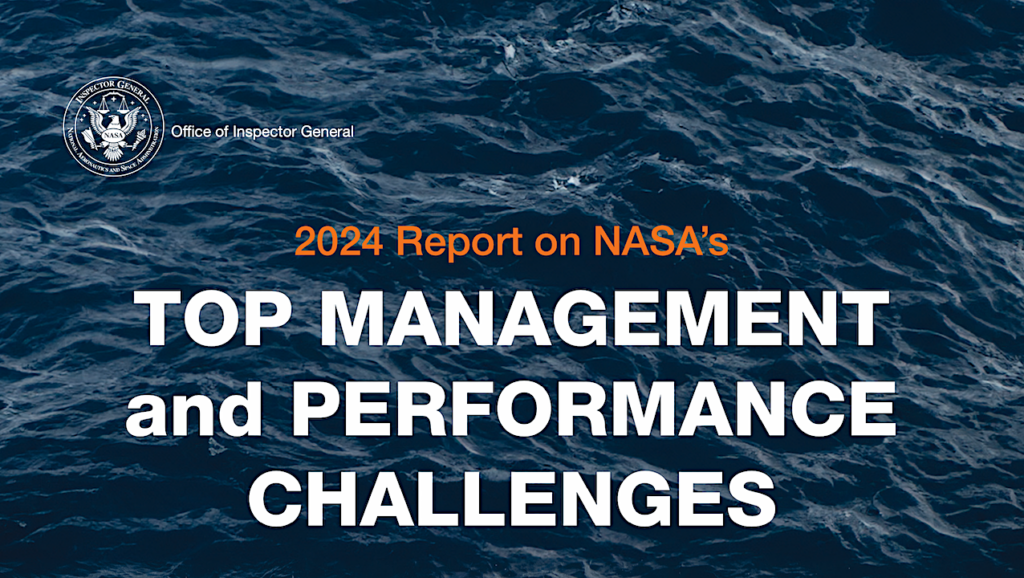
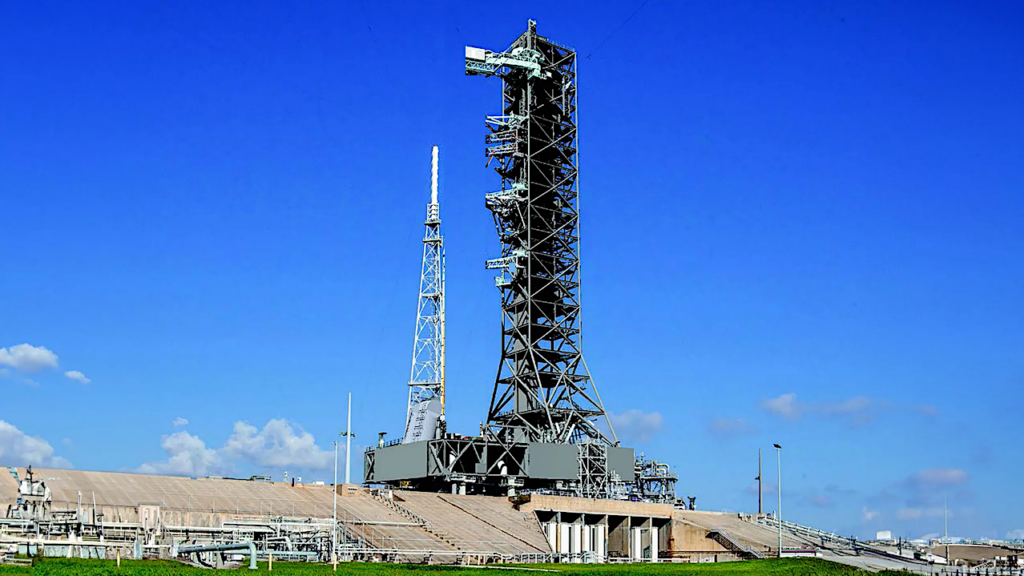
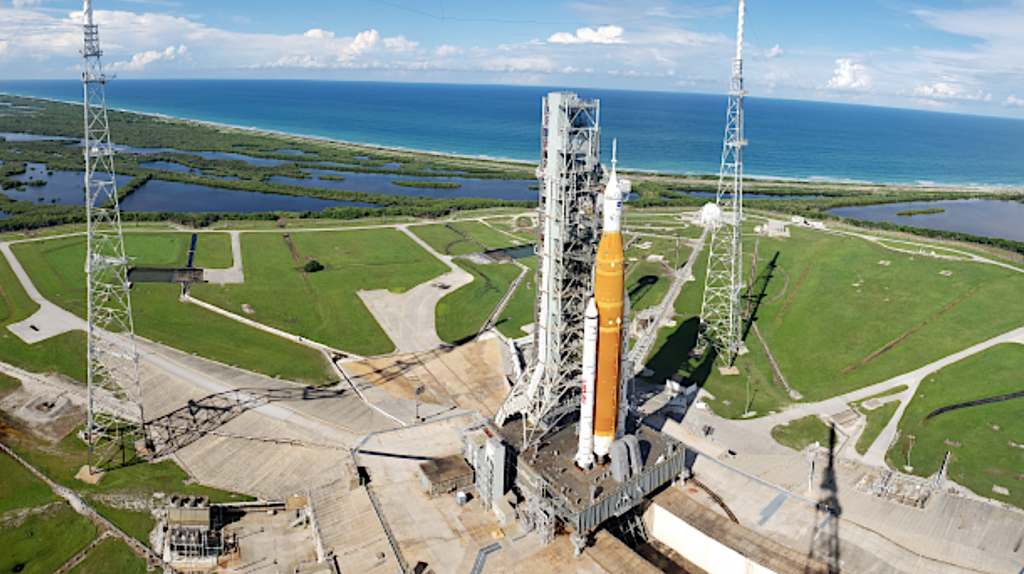

The question that Bolden and his minions ought to be answering is why is a rocket that is little more than an extended Shuttle ET and SRB costing ten times what a Shuttle ET and SRB set cost?
Shuttle launches were about 1/2 billion $ a pop and they’ve been trying to convince us for a decade that this was mostly due to Orbiter refurbishment costs for reusability. They dropped the Orbiters, they dropped the reusability, but now for some reason the prices skyrocketed, no pun intended. Why does it now, suddenly cost so much more? Someone is pocketing a lot of dollars at the expense of the American taxpayer. Someone at NASA is not doing their job. This is worthy of a serious investigation.
Cost of Lifting Increase.
Expendable. Cost Of Lifting Increase.
30B vs ~0B development w option for reuse
1B+/launch vs 0.1B/launch w option for reuse
1B+/capsule vs~0.1B/capsule w option for reuse
No destinations vs All destinations within the budget.
…costs more because the flights per year dropped from 7 Shuttle to maybe 1/yr and they have to rebuild the transport vehicle and add an upper stage each flight, not to mention have a half dozen engine development programs for off the shelf hardware.
OTOH, fill up the transfer stages on orbit to take advantage of Boeing’s amplification factor, then design the hardware for reuse as outlined in the VSE. Saves Billions for technology and missions.
http://nextbigfuture.com/20…
Well, for about 20 billion we get a super-heavy with 5X the lift capacity of the shuttle. We get a new 4 person crew vehicle, infinitely safer than the shuttle. We get badly needed upgraded launch facilities. We’ll have the capability to launch humans beyond low earth orbit for the first time in 50 years.
I’ve said it before and I’ll say it again: This is the post shuttle blues folks. It ain’t pretty but we really didn’t need to go around the planet in low earth orbit over and over again in a very, very dangerous launch vehicle. We’re going to feel the pain for the rest of the decade but we’re going to have some shiny new toys go play with next decade.
With all this said, I wish I could say we’re going to mars but we’re not, we don’t have the half trillion laying around for such a mission.
But you are forgetting one thing. WHEN do we get those items? The full run out of the Orion is 25 billion according to the GAO and they are pushing back the first crewed launch to 2023, that will cost additional billions. This for a DISPOSABLE, water landing, 4 person capsule. THAT is insanity on a bun.
20 billion for the SLS is low balling. Full run out is going to be even more and operations are going to be close to 2 billion a year if they launch or not.
And this is all YEARS away from use. 3 billion a year for how many more years?
ALL of those billions equate into space based, reusable, modular hardware that could be launched on existing launch vehicles.
These are boondoggles of the first order that will have cost the nation 40-50 billion in reusable space based hardware that COULD have already been launched.
Sooner or later we have to do what EVERY form of transportation has, fueling stations and transportation systems that can be refueled.
gas n’ go
And imagine the poopstorm if SpaceX actually flies the (rumored huge) BFS spacecraft in the early 2020’s. Oops.
I think you are dreaming.
First, I’m not sure where you got the $20 billion figure. Human spaceflight gets half of NASA’s budget, and more than half of that goes to everything other than ISS-which is mainly SLS and Orion. It will have been in development for at least 16 years by the time the first crew flies, so 16 x 4 = $64 billion.
Besides that they are saying each combined vehicle will cost about $5 billion to assemble and fly, and that they have no plans to fly one more often than about every 3 years. It is not even safe at that rate.
BTW, we had a Saturn V heavy launch capability that was about the same expense as Orion/SLS, and we could not afford it, and many (far more experienced than now) in the program did not consider it safe enough. That was with an entire vehicle, the LM, backing up the CSM-something which came to pass and saved a crew on Apollo 13. Orion has no backups for at least 10-15 years after Orion flies the first time. It also means that Orion has very limited capability.
You could do an Apollo 8 style lunar flyby every few years. No one paid much attention to the second lunar flyby, Apollo 10, after the first, Apollo 8. Which brings up another issue and that is why anyone thinks Apollo style missions are going to hold anyone’s attention or their support.
Okay, I’ll stop trying to put lipstick on a pig. The sobering fact is that it’s just a jobs program.
But going around on low Earth orbit is all SLS and Orion will do. Given their recurring operational and manufacturing costs, Orion and SLS will call dibs on any new money down the road as well, meaning low Earth orbit is about all NASA will do with these systems for the forseeable future. This was Krafts point – about being eaten alive.
Meanwhile a generation of engineers gets kicked to the curb…
And the very people whose fault it is will blame those who tried to actually make progress.
Actually you won’t. Not the next decade, and probably not the one after either.
SLS-130 (necessary to launch hardware for true BEO missions) won’t launch until after 2032. (Probably well after, judging by the schedule slips already.) Any funding freed up from finishing SLS Block I and lunar-Orion will be consumed by SLS-130 development and, if there’s any left over, BEO-Orion. (Otherwise the BEO-Orion upgrade won’t start until the mid-2030’s.)
Only after SLS-130 and BEO-Orion are flight ready can any funding — not consumed to maintain ops — be direction at actual mission hardware development for BEO flights. Maybe 2040-2045 before you see the first, limited manned BEO mission? (Same with a lunar landing, if a future President/Congress pushes back in that direction.)
There will likely only be five SLS launches before 2030 (four between now and 2027, plus they’ve ordered enough engines for one more flight after 2027.) The 2018 demo, the 2023 Orion demo, maybe a Europa launch if they get more funding for the probe. Leaving a grand total of two “mission” launches in the next sixteen years… With the maximum capability of going into lunar orbit for up to 3 weeks.
Yeah… shiny.
I can just imagine the Congressional reaction if at the same time that SLS is stuck circling the Moon, some billionaire pays for a lunar landing mission flown on top of a Falcon Heavy.
Your numbers are rather off. You may be comparing total development costs of one thing against average flight costs of something else?
Once upon a time we had a Shuttle and a bunch of loose, arguably unfocused R&D type activity of various levels of maturity. The Station was in there too. After the loss of Columbia, and a significant amount of hand wringing over what to do next, as the Shuttle was probably ending after it completed the ISS, you’ll recall the “ESAS” study that left us with a big rocket, a small rocket variant from that in the near term, and a rather big spacecraft.
I hate to say it, but I was caught up in thinking this might work, and I was part of ESAS, favoring the use of existing “shuttle derived” systems. It wasn’t till after the study that I realized an important, and unrealistic premise had been “baked” into the basic feasibility of it all; that soon after completing the ISS we would de-orbit it, freeing up that money.
With time I realized other unrealistic premises have been baked into NASA thinking, akin to Bolden’s comment about the people who surround him, versus the 20 year olds. The later may be the worse of our flawed thinking.
The Augustine Committee was an initial attempt to change course, to fix things, another try I supported (yep, strike 2!). It took a Presidential committee to kill an upper stage, sand-charts and all, because that’s all we did. The “Ares I” as a configuration ended, but Shuttle SRB’s and it’s upper stage engine work and the same spacecraft would all survive, and we’d see the pivot to a heavy in the (imagined) near term. With victories like this, who needs failures?
Today even the leader of ESAS, Stanley, admits things went off the rails with time. At least some of us can admit to mistakes, as well as to being used and carried along by the kind of inertia that just wants to keep certain jobs in certain districts. Mars, the Moon, real results, who cares.
In the background was a happening that would change the budget and the numbers as we know them today – commercial cargo to the ISS, then commercial crew. So the same Shuttle budget of years ago, more or less, supports SLS/Orion development, but also operational cargo to the ISS, and development of two new crew spacecraft.
And that brings us to Krafts point I believe. Once operational, SLS and Orion costs have no where to go but up, asking for more for all sorts of things, like an upper stage, then advanced boosters, then to actually have money to fly more than once every so often, maybe, improbably, twice a year.
Then cost comparisons really go sour, as a whole view of the agency funds could get a whole and real and sustainable approach to exploration, but a divided agency, with a large rocket and a spacecraft divorced from the rest of the agency goes no where -slowly.
NASA could put together a plan for incorporating the solar system into our economic sphere, within current budgets, WITHOUT de-orbiting the ISS anytime soon. It’s the optimism of thinking what exists, like SRBs, or ET’s, or SSME’s is better than what can be imagined, that keeps this from happening. It’s the same optimism about the experts we have versus the 20 year olds, an optimism that has held us back.
Can you explain something to me? And I mean no disrespect in asking, it’s just something that’s baffled me for years. Why did you believe that Shuttle components could physically be used in any other configuration?
It always seemed obvious to me that the Shuttle was such a difficult task (*), and hence the engineering margins so small and tightly entwined to each other (**), that any small change would require redesigning the entire system. Hence trying to use those components in another configuration would “obviously” be impossible.
* (I’ve semi-jokingly referred to the Shuttle as being “impossible”.)
** (I’ve likened it to building a house of cards. Each card is unstable, the structure is only possible if they are perfectly balanced against each other. In contrast with blocks/Lego which can support themselves.)
For me, this became obvious during the many attempts to design upgrades for the Shuttle stack in the ’90s, particularly the proposals for a liquid booster to replace the SRBs and how it affected every other part of the stack and hence was high-risk and unaffordable.
So why did you, someone inside the tent — along with so many other people — believe that a SDV was even possible, let alone somehow the faster, cheaper, lower-risk option? Of all the systems to try to “Lego”, why STS?
You asked -“Why did you believe that Shuttle components could physically be used in any other configuration?”
Brainwashing. No, seriously, that’s a question we could all go round on a good while.
In constant dollar terms, the Shuttle program cost about $1.5 billion per launch.
The answer to your question, however, is as muomega0 said: SLS will fly about once every 2-3 years, whereas the shuttle averaged 4 per year.
Bolden said: “I have the advantage of a team around me that he didn’t have, You have to remember. Most of us forget. I have a very mature leadership team.”
Who does Bolden think his mature leaders are? While the rank and file engineers in the 1960s were 20 somethings, the leaders were usually NACA veterans and DOD veterans with lots of experience in missiles, rocket planes, the first jet aircraft, and WWII aircraft. Some like Robert Gilruth even went back to the balloon capsules of the 1930s. These were all experienced vehicle, system,hardware designers and developers.
Mr. Bolden tell us who you think were mature designers or developers or even integrators of rockets and space vehicles? Most seem to have a lot of maturity in operations-astronauts, payload operations.
The last US manned space vehicle was mainly designed in the 1980s and I do not recognize even a single person in management today who had a hand in defining or designing ISS. Shuttle was defined and designed 15 years earlier than that. The Orion people now are learning on the job but the most experienced of them were responsible for buying engineering services from the Russians (FGB or SM). Those systems were designed and most were built in the 1970s and early 80s. others had a hand in negotiating away responsibilities for hardware development to our other international partners. I was always under the impression that these ‘leaders: got to the top by NOT having any role in system development, so they figured they were safer by letting other organizations, ESA, JAXA, Energia, take the lead. So they had little or no experience to start and even less by the time they finished.
So there might be some mature managers, but none
has maturity in designing space vehicles.
SLS’s main problem is its expense which makes it prohibitive to fly more than once every few years. Orion was poorly conceived; requirements apparently never properly established and it is too big and too heavy designed for a job it does not have.
the 20 somethings were all in rooms filled with slide rulers
all Bolden has is bunch of business people that have either forgot or never knew what space exploration is all about, or take advantage of the bureaucracy to make multibillion dollar profits and bonuses for their future employers.
all true – and he just promotes incompetent managers of failed programs and astronauts to be Center Directors. Now even at the Research Centers (Glenn)! Give me a room filled with 20 somethings over these bozos any day instead of this “mature” team led by people trained to work with teams of 4-7 people in space. NOT the same skill set for leading large organizations and programs. Obama has to own this now. He appointed Bolden and didn’t correct his mistake.
I suppose you want Griffin back?
Bolden got bamboozled by Harvard wiz kids that tell him that managers do not need to know anything about what they are managing to be effective – yes, effective in ruining it, just look at the rest of the economy, who cares about economic health of the nation as long as the companies are showing massive profits.
They might not have known anything Charlie but in 11 years they built 4 classes of spacecraft plus the biggest Rocket and boots on the Moon. In 11 years we now won’t even have our first crewed test flight from contract award of MPCV. I will take the know nothing kids who got us to the Moon over a very mature team that is taking a glacier pace and reenforcing the mirage of a journey to Mars.
Actually, George Mueller, recently deceased, was experienced and sought hundreds of experienced and capable people particularly for Apollo program management functions, but also for the engineering and DDT&E functions. There was a lot of experience to be had, only 15 years after WWII and during the height of the cold war.
By comparison, Charlie and his top management team mainly just places their buddies, regardless of applicable experience. Which might explain the expense and the glacial pace of progress.
As Littrow pointed out, the senior guys gained developmental experience during WWII, and I’m sure they made a lot of mistakes and learned from those. Also back then there were many many programs, i.e. several fighter, cargo, passenger airplanes each with its program managers and project engineers. Some were turkeys (B58) and others have flown forever (B52). Along with engineers experienced with missile development from Germany during WWII, the US also got a huge talent pool of engineers from Canada that were laid off from Avro Arrow and Avrocar programs during 1950s.
I think priority is key of what made Apollo. My perception is we really had to beat the Reds to the Moon so these senior guys at NASA were able to hire whoever they wanted, had no-strings-attached money to pay contractors (who were able to hire whoever they wanted). So they hire these really smart 20-somethings and give them leeway to do their jobs, and not burden them with bureaucracy. Of course there was some ridiculous processes and wasted efforts. I think SpaceX has advantage of being a young organization that resonates with really smart 20-somethings that have done some amazing engineering (probably much like their counterparts of 1960s NASA and contractors work very long hours sacrificing much of their personal time).
Charlie B. has, regrettably, made something of a career out of beclowning himself on a regular basis. One can only hope he will be out the door soon after the man who appointed him.
I, for one, really appreciate NW keeping us informed when NASA managers make stupid and in this case untrue remarks, for recognizing the remarks and bringing them to our attention, and for allowing us to comment on them. It is unfortunate the NASA leadership has such inaccurate, or maybe it is an incompetent feel for NASAs own history and for their own foolishness. It really shows how much Bolden does not know. He has convinced me that he really does not know what he does not know.
It really permits us insight into the minds and inner workings of the top NASA echelon,which is, I guess, the reason NASA human space flight is in the poor situation it is in. Its amazing to think that anyone in the top levels of NASA management would think so highly of the people who advise them. But as Bolden shows the NASA Administrator seems to have the poorest understanding of all.
I would rather have more competent managers and some semblance of leadership at the helm but at least we know why we are failing.
So Bolden insults the people who made the Apollo/Saturn program work, beating the Soviet Union to the moon, in order to support SLS? Talk about a low blow. 🙁
And to answer the question, “why existing launchers can’t be used”, that’s because NASA is required by law to keep working on SLS. This is Congressional pork at its finest.
Standard practice and a lot of what is wrong in NASA. In many respects this is what the Columbia and Challenger accidents were all about as being a culture problem-no respect for others’ expertise.
The current set of people in charge always try to diminish their predecessors’ and their predecessors’ accomplishments. Very much an NIH problem. We saw this out of Griffin, too. it has a long history. I’ve seen it in many programs and amongst many of the current and recent managers. Very telling that it comes from the Chief.
When, or if, Bolden ever accomplishes anything then he might have some reason to crow. So far, in the last 7 years, no signs of any accomplishments aside from shutting down earlier programs.
That’s what always amazes me about these hearings. The people who created, and defend, SLS/Orion demanding that Bolden tell them what SLS is for, and Bolden answering with the sort of PR intended to convince the public of SLS’s value as if it was his idea that he’s defending.
Why do they play this game? Is it a test? Do they ask the question of Bolden to see if he is sticking to the pretence? (And he does.)
Why shouldn’t the answer be: “I don’t know. You haven’t told us that yet, nor have you funded anything”?
Or, “As I understand your original intent, I believe you wanted to preserve as much of the Shuttle contractor base and funding as possible, particularly in states like Alabama and Utah; which we’ve endeavoured to do.”
God I would love to see their response to that last answer.
I’ve always thought that a clever (if perhaps self destructive) administrator could clear away a lot of this mess by not directly opposing the SLS, but publicly proposing a commercial medium launch system to do the same task. When asked about the apparent redundancy, simply explain that you still intend to produce the SLS, as per congressional orders, but think that it would be cheaper overall if you used this other rocket for the actual launches. Would never work in real life, but a funny idea.
Agreed. But as an engineer, I’ve found that middle to upper management quite simply does not like to be told that their decisions were bad, even when it’s glaringly obvious to everyone involved. And unfortunately for Bolden, he has to answer to Congress for how NASA spends its money, even though Congress has earmarked funds for specific programs to the point that his hands are tied.
Sure, but Bolden is a year away from probably losing his job. What had he got to lose?
[BTW, this is the counter-argument to those claiming that Bolden is loyal to Obama, not the agency. If he was loyal to Obama only, he’d constantly be rubbing Congress’s nose in their own mess. Instead he’s playing their game.]
A slightly off-topic question for the smart denizens: I’d like to know more about Orion, specifically much more about the heat shielding and the maximum speed it can approach Earth (and other trivia not easily discoverable by Google, at least by me), as well as an historic perspective on design compromises (the 3:1 compromise, the splashdown, for instance).
Can someone kindly point me in the right direction please?
What a patronizing response from Bolden. And telling – it makes me suspect that Paul451 is right about SLS and the costs leaving no room for any real missions with it.
Oh well. As long as we can eventually get some kind of medium or heavy lift booster that’s affordable and has a decent launch ferring for the payload. Keith’s propellant depot is seeming like a better deal every day.
I don’t think the problem is age of the engineers – the problem is the lack of well-defined and worthwhile goals for NASA and its engineers. Let’s face it, NASA is in a rut for this reason – nobody (in the general public) cares about going to Mars 20 years from now, it has always been 20 years from now and unless things changes, Mars will always be 20 years away (i.e. there’s a lot of money to be made by the status quo in prolonging the journey). Here’s hard decision #1: END THE ISS (sell it to the Chinese – they’ll probably buy it – or ESA or JAXA). We already know microgravity is bad for humans and we don’t need more ‘mitigation’ strategies for combating the effects of microgravity… There is nothing that says that you HAVE to be in microgravity to explore space… You want to know the best mitigation strategy for dealing with microgavity?… Don’t be in microgravity – create ARTIFICIAL GRAVITY (but, of course, that type of research is all but banned on ISS because it would de-justify the ISS). Eliminating ISS would save billions every year that would be better spent on actual exploration – SLS / FH launches. Here’s hard decision #2 – eliminate Commercial Crew (no ISS – no commercial crew needed). This would save hundreds of millions, maybe another billion. In the real world, $19 billion a year is enough for SLS, FH, and concurrent Moon, Mars programs, and robotic probes – but NASA (with its current leadership & directives) is no longer in the real world – it’s in its own world of bureaucratic survival (system will do whatever it takes to preserve itself).
I don’t think the problem is age of the engineers – the problem is the lack of well-defined and worthwhile goals for NASA and its engineers. Let’s face it, NASA is in a rut for this reason – nobody (in the general public) cares about going to Mars 20 years from now, it has always been 20 years from now and unless things changes, Mars will always be 20 years away (i.e. there’s a lot of money to be made by the status quo in prolonging the journey). Here’s hard decision #1: END THE ISS (sell it to the Chinese – they’ll probably buy it – or ESA or JAXA). We already know microgravity is bad for humans and we don’t need more ‘mitigation’ strategies for combating the effects of microgravity… There is nothing that says that you HAVE to be in microgravity to explore space… You want to know the best mitigation strategy for dealing with microgavity?… Don’t be in microgravity – create ARTIFICIAL GRAVITY (but, of course, that type of research is all but banned on ISS because it would de-justify the ISS). Eliminating ISS would save billions every year that would be better spent on actual exploration – SLS / FH launches. Here’s hard decision #2 – eliminate Commercial Crew (no ISS – no commercial crew needed). This would save hundreds of millions, maybe another billion. In the real world, $19 billion a year is enough for SLS, FH, and concurrent Moon, Mars programs, and robotic probes – but NASA (with its current leadership & directives) is no longer in the real world – it’s in its own world of bureaucratic survival (system will do whatever it takes to preserve itself).